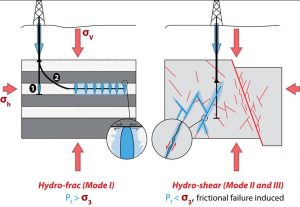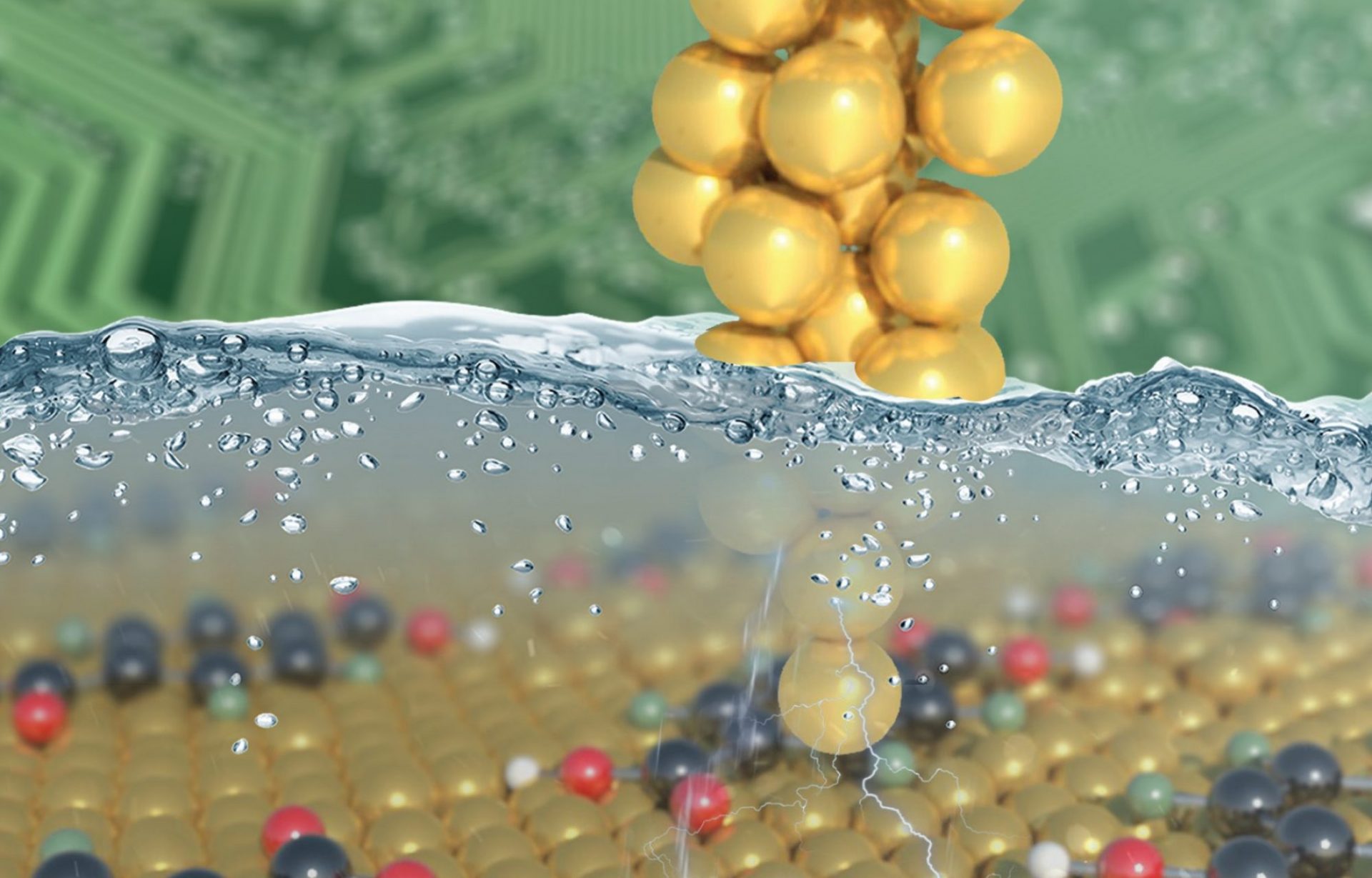
Davatzes group studies Engineered Geothermal Systems (EGS), induced seismicity, fracture mechanical and hydrologic properties, and the stress state in the earth.
Toran group studies groundwater hydrology including modeling contaminant transport and the interaction of surface waters in streams and lakes with groundwater.
Nyquist uses geophysical techniques to monitor ground water and surface water interactions.
Technical Capabilities
– Borehole geophysical identification and analysis of flowing fractures
– Analysis of production/injection time series
– Analysis of reservoir deformation accompanying deflation/inflation due to pumping
– Analysis of fault rock and fracture permeability
Recent Publications
– Stress, fracture, and fluid-flow analysis using acoustic and electrical image logs in hot fractured granites of the Coso geothermal field, California, U.S.A., in M. Poppelreiter, C. Garcia-Carballido, and M. Kraaijveld, eds., Dipmeter and borehole image log technology
Davatzes, N.C., and Hickman, S.H.
AAPG Memoir 92, Ch 24., p. 1-35. (2010).
